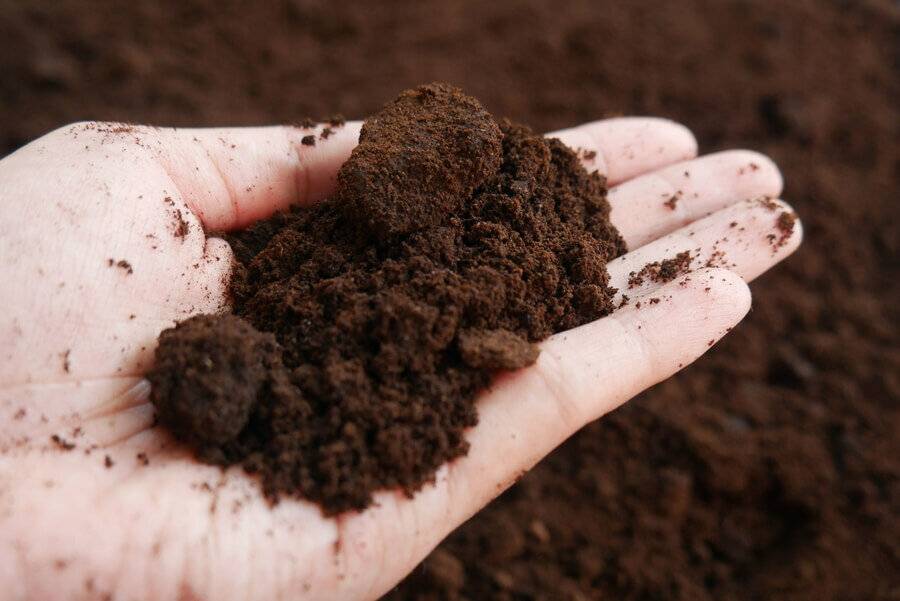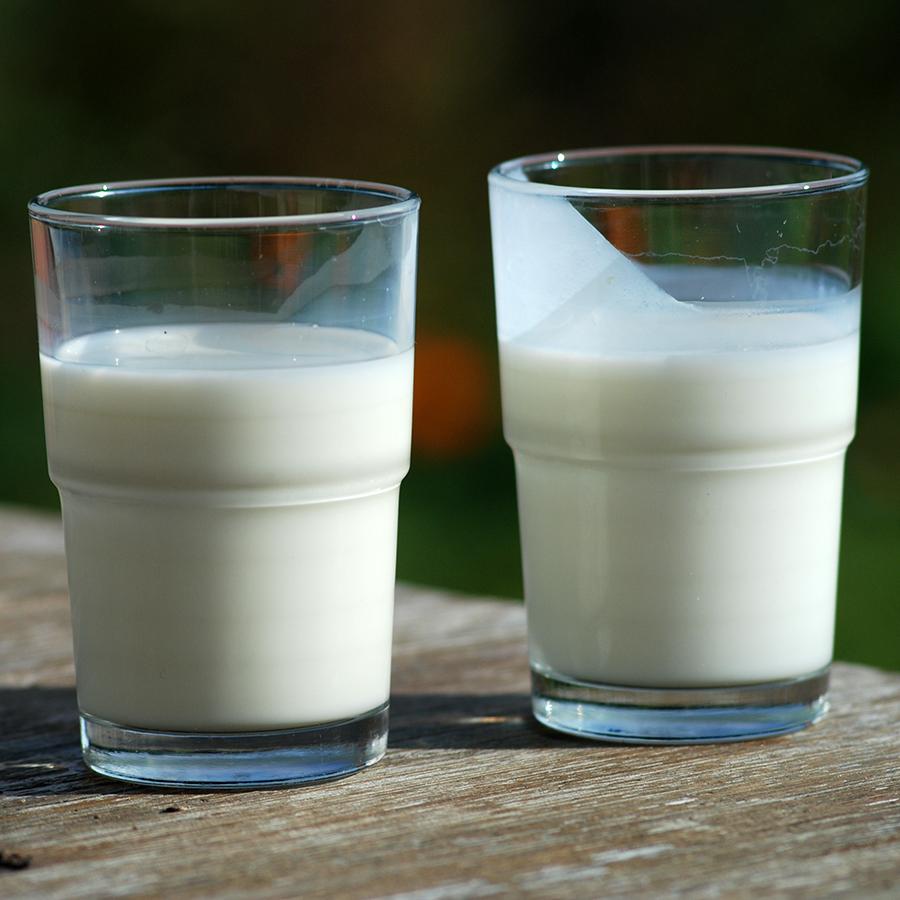Introduction: Is Scrubbing Bubbles Safe for Septic Tanks?
When it comes to maintaining a healthy septic system, it’s crucial to be mindful of the products we use in our homes. Septic tanks play a vital role in wastewater treatment, and using the wrong cleaning agents can potentially harm the delicate balance of bacteria and enzymes that break down waste.
In this article, we will address the question: Is Scrubbing Bubbles safe for septic tanks? Scrubbing Bubbles is a popular household cleaning product known for its powerful cleaning action and ability to remove tough stains and grime. However, its effectiveness should not overshadow the potential impact it may have on septic systems.
| Product Name | Scrubbing Bubbles |
|---|---|
| Product Type | Bathroom Cleaner |
| Active Ingredients | Ammonium Hydroxide, Sodium Hypochlorite, Surfactants |
| Septic Tank Safety | To be determined |
Before we delve into the specifics, it’s important to understand the role of septic tanks in wastewater treatment. Septic systems are designed to naturally break down and treat household wastewater, allowing it to be safely returned to the environment. These systems rely on a delicate balance of bacteria and enzymes to efficiently decompose organic matter.
However, certain cleaning products can disrupt this balance and hinder the septic system’s functionality. Harsh chemicals and antibacterial agents found in some cleaners may kill off the beneficial bacteria, leading to an inefficient breakdown of waste and potential system failures.
In the case of Scrubbing Bubbles, we need to evaluate its ingredients and their potential impact on septic tanks. By understanding the active components and their effects, we can determine whether it is safe to use this product without compromising the health of our septic systems.
In the following sections, we will examine the active ingredients in Scrubbing Bubbles, explore their potential implications for septic tanks, and provide practical recommendations for maintaining a septic-friendly cleaning routine. Let’s dive in and uncover the truth about Scrubbing Bubbles and septic tank safety.
The Impact of Scrubbing Bubbles on Septic Tanks
When it comes to evaluating the safety of Scrubbing Bubbles for septic tanks, we need to analyze its active ingredients and their potential effects on the delicate ecosystem within the tank.
1. Ammonium Hydroxide
Ammonium hydroxide is a common ingredient found in many cleaning products, including Scrubbing Bubbles. It is known for its strong cleaning properties and ability to dissolve dirt and grime. However, its use in septic systems raises concerns.
Ammonium hydroxide is highly alkaline, which means it has the potential to disrupt the natural pH balance of the septic tank. The ideal environment for the bacteria and enzymes responsible for breaking down waste is a slightly acidic one. Introducing high levels of alkalinity can inhibit their effectiveness and compromise the overall functionality of the septic system.
2. Sodium Hypochlorite
Sodium hypochlorite is a powerful disinfectant and bleaching agent commonly found in household cleaners, including Scrubbing Bubbles. While it may be effective at killing germs and removing stains, its use in septic systems can have detrimental effects.
Septic tanks rely on a delicate balance of beneficial bacteria to break down waste. Unfortunately, sodium hypochlorite is known to have antimicrobial properties, which means it can kill off these essential bacteria. Without the necessary bacteria, the septic system may struggle to efficiently decompose waste, leading to potential clogs, backups, and costly repairs.
3. Surfactants
Surfactants are a group of chemicals commonly used in cleaning products to help remove dirt and grease. While they are generally considered safe for septic systems, it’s important to note that excessive use of surfactants can contribute to the accumulation of solids in the septic tank.
Over time, the buildup of solids can lead to reduced capacity and decreased efficiency of the septic system. Therefore, it is advisable to use cleaning products, including Scrubbing Bubbles, in moderation to minimize the impact on septic tanks.
Conclusions
Based on the analysis of Scrubbing Bubbles’ active ingredients and their potential effects on septic tanks, it is clear that caution should be exercised when using this product.
- Ammonium hydroxide’s alkalinity can disrupt the pH balance of the septic tank, potentially hindering the breakdown of waste.
- Sodium hypochlorite’s antimicrobial properties can harm the beneficial bacteria in the septic system, leading to potential issues.
- While surfactants are generally safe, excessive use can contribute to the accumulation of solids in the septic tank.
To maintain a septic-friendly cleaning routine, consider the following recommendations:
- Minimize the use of Scrubbing Bubbles and other harsh cleaning agents.
- Choose septic-safe alternatives that are specifically labeled as such.
- Use cleaning products in moderation to prevent excessive buildup of solids in the septic tank.
- Regularly maintain and pump your septic system to ensure its optimal functioning.
By following these guidelines, you can help protect the health and longevity of your septic tank while keeping your home clean and fresh.


0 Comments